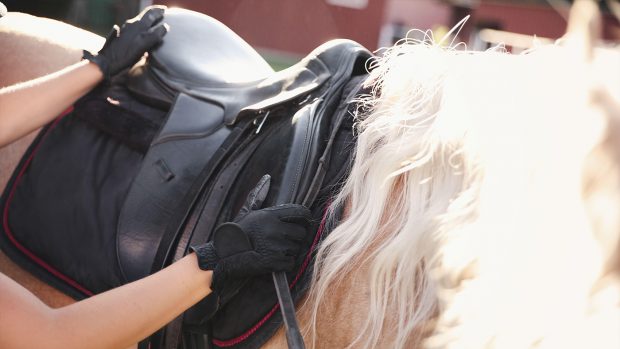More than half of the UK’s horse population could be slightly lame, according to the initial results of research by the University of Sunderland and the Saddle Research Trust (SRT).
Anne Bondi of the SRT told H&H: “Our project needs a lot more enquiry but we have been looking at every sort of horse, from riding school, to advanced and elite horses and our preliminary suggestions show that the majority of horses presented for the study show some asymmetry.”
Over the past two years 30 supposedly sound horses, that were volunteered for the research into synchronicity between horse and rider, were assessed.
Researchers found that the majority showed asymmetry in their gait.
Much of the asymmetry was subtle but could affect the horse’s performance, said Mrs Bondi.
“These are horses that are not particularly lame. When they move they just feel stiff or restricted. It’s not something that can be easily seen,” she said.
These suspected high levels of lameness do not surprise Dr Sue Dyson, specialist in equine orthopaedics at the Animal Health Trust.
“I am amazed by the number of horses that are presented to me day after day that clearly have been wrong for a while but people have not noticed,” she said.
“You only have to look at the number of horses that are put forward for pre-purchase exams [vettings] but not recommended as they are lame. Many have been put up for sale in good faith.”
She said the AHT is about to embark on a national survey of lameness and the results will be available in 18 months.
For more on this story, see this week’s issue Horse & Hound (1 November)




